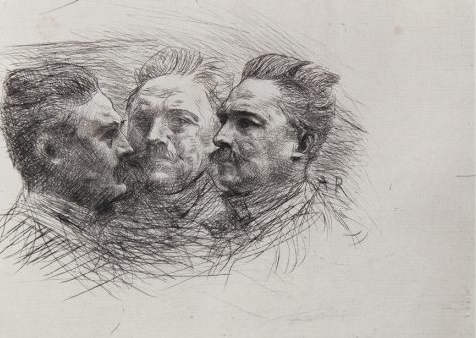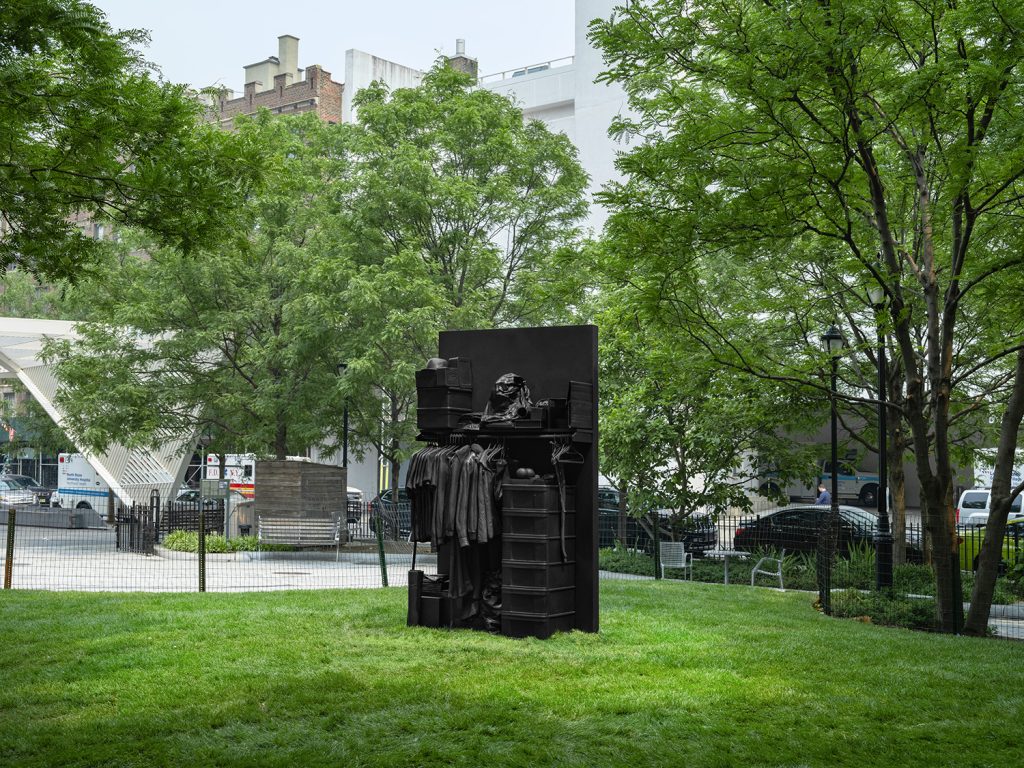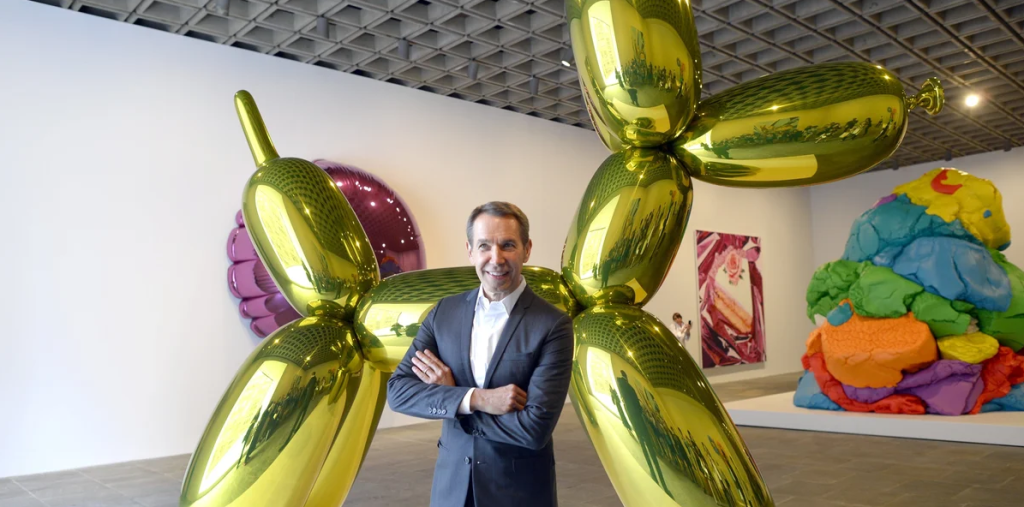Unveiling the Soul: The Artistic Genius of Auguste Rodin’s Drawings
Auguste Rodin is often celebrated for his monumental sculptures, but his drawings reveal a different yet equally profound layer of his artistic genius. These sketches not only showcase his technical skills but also provide a window into the emotions and ideas that shaped his famous works. Understanding Rodin’s drawings allows us to appreciate the full spectrum of his creativity and the intimate connection he had with his art.
The Role of Drawing in Rodin’s Creative Process
For Rodin, drawing was not merely a preliminary step; it served as a vital part of his artistic journey. His sketches allowed him to explore forms, movements, and emotions before committing to more significant sculptural endeavours. The act of drawing was an extension of his thought process, capturing fleeting moments and expressing raw emotions that he would later refine into stone or bronze. In this sense, his drawings are not mere studies but vibrant expressions that confront and engage the viewer.
Exploring the Emotive Power of Line Work
Rodin’s distinctive line work sets his drawings apart from those of his contemporaries. With dynamic yet fluid strokes, he crafted figures that seem to pulse with life and emotion. His use of light and shadow, alongside varying line thickness, imbues his drawings with depth and intensity. This mastery of line invites the observer to feel the weight of each figure’s existence, capturing everything from passionate struggles to tender embraces. Rodin’s exceptional ability to convey emotion through line demonstrates his understanding of the human condition, making his drawings both relatable and timeless.
The Influence of Sketching on Sculpture
Many of Rodin’s most iconic sculptures originated from his drawings. Works like “The Thinker” and “The Kiss” found their roots in sketches that highlight the themes of contemplation and intimacy. By examining these preliminary sketches, one can trace Rodin’s remarkable ability to translate his two-dimensional ideas into sculptural masterpieces. The drawings serve as a bridge between his thoughts and the physical forms that would later emerge from marble or bronze, showcasing his vision and approach to three-dimensionality. Understanding this connection enhances our appreciation for not only the sculptures themselves but also the artistic mind behind them.
Conclusion: A Deeper Appreciation for Artistic Expression
Auguste Rodin’s drawings are more than beautiful images; they are a testament to his creative process and emotional complexity. By exploring Rodin’s sketches, we delve deeper into the mind of one of history’s most celebrated artists. Whether you are an art enthusiast or a curious learner, taking the time to study Rodin’s drawings can offer profound insights and inspire your appreciation for artistic expression. So why not take a closer look at these compelling artworks and uncover the stories they tell?


